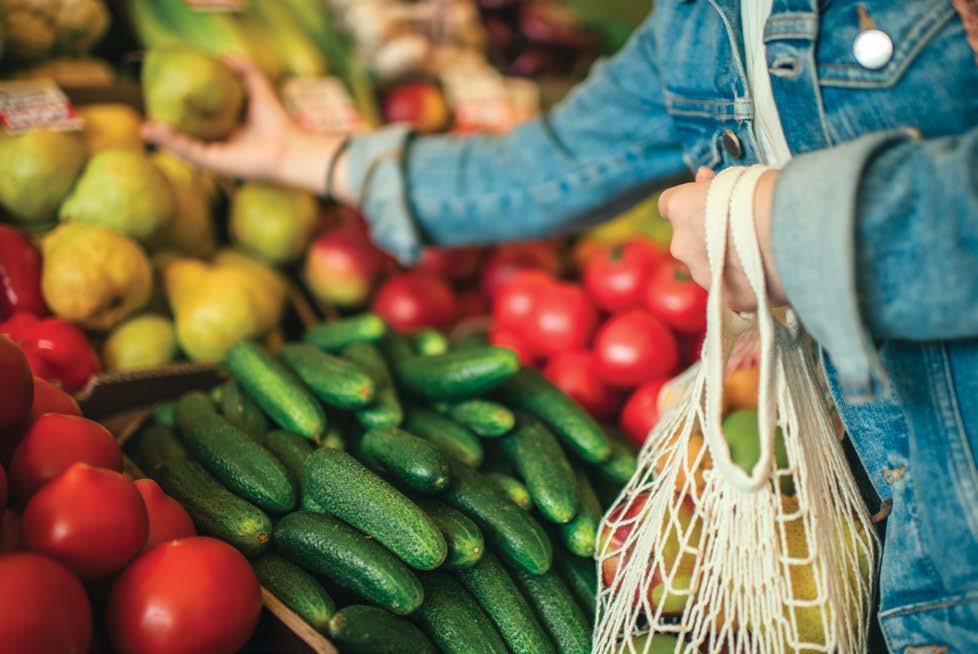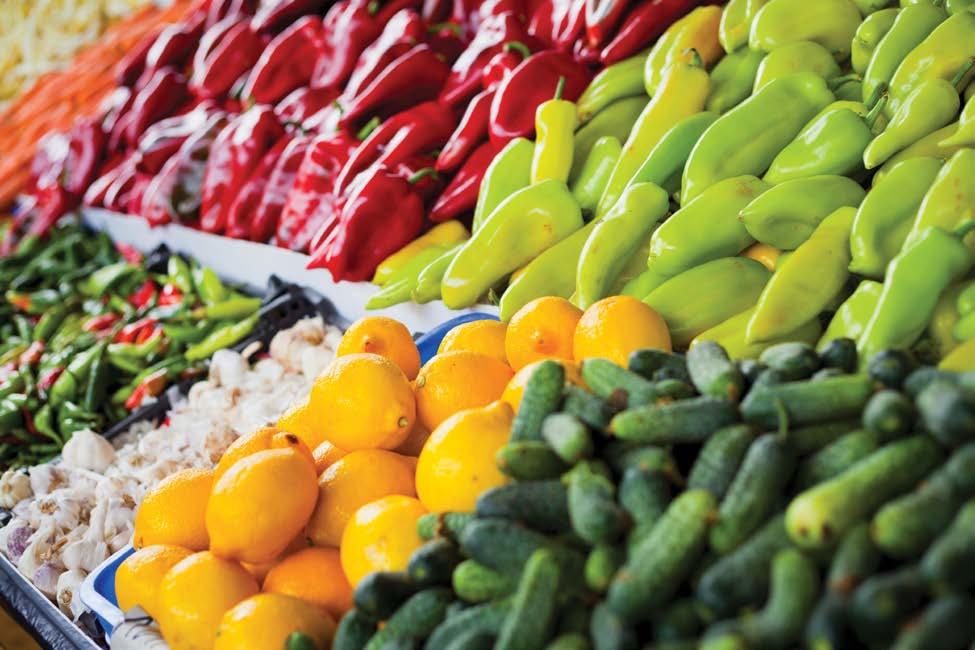
3 minute read
COVID-19 drives demand for veggies
COVID-19 drives demand for veggies
Consumer vegetable intake has risen as a result of COVID-19, while fresh fruit and the food service industry has taken a hit according to a new report from Nielson. Composed for the Hort Innovation funded Harvest to Home project, the report showed that in the four weeks to 22 March 2020 there were unprecedented grocery sales in the wake of COVID-19. In the reporting period, total grocery sales were 18% higher than December 2019, driven by increases in frequency and spend per trip. The monthly volume growth of fresh produce was up 5.1%, reaching a two-year high.


“Shoppers rushed to stockpile on packaged groceries to prepare for lockdown at home and in response to fear of scarcity on supermarket shelves, though bulk purchasing of fresh produce was not quite as pronounced,” Nielsen Associate Director – Fresh Industry Lead and the report’s author, Melanie Norris, said. According to the report, vegetables were the key driver of strong fresh produce performance, increasing by 15% in the reporting period. Potatoes, carrots and onions – vegetables that store well –contributed most to the growth. “Household s p urchased vegetables more frequently, on average , a nd increased their volume per shopping trip. I n o ther parts of the store vegetables were also in hig h d emand, with frozen sales up by 59.8%, while sale s o f canned vegetables increased by 118.5%,” M s N orris said. Conversely, fruit volume sales declined in the same period. Bananas, apples and stonefruit were the highest contributors to volume growth; however, berries, avocados and citrus did not perform as expected, perhaps due to the shorter shelf life and more discretionary nature of berries and avocados in particular. For fruit in other parts of the store, frozen fruit recorded an all-time high for volume growth of 39.3%, while canned fruit also increased by 73.9%, suggesting that longevity was a key consideration. Given that the average price of fruit was 7.9% per cent higher than the same time year ago, budgetary constraints may also have been a factor. Gail Woods, General Manager of Fresh Markets Australia (FMA) said that the sudden change in consumer sentiment at the onset of the pandemic resulted in a much higher-than-normal demand at the retail level, which in turn caused businesses that operated at the central wholesale markets to also experience a high level of demand. “The Australian consumer’s initial response to the pandemic has been well documented in relation to panic buying. Initially, retailers experienced a very high level of demand across all commodities, but particularly hard produce. The increase in home cooking saw good consumer demand for produce generally on top of seasonal demand,” Mrs Woods said. Conversely, the abrupt and almost complete closure of the food and beverage sector has had a dramatically negative impact on the demand for sector-specific produce, resulting in an over-supply of those commodities. “While a number of suppliers to the sector were able to pivot to the consumer market, there was an overall negative impact on these suppliers. This produce destined for the food and beverage sector increased the supply to other supply chain customers,” Mrs Woods said. Despite the severe disruption from the pandemic, there have been some positives for the supply chain through this time. “The good working relationships between wholesalers and growers – some decades long – have continued with the good flow of information in relation to the changing demand and supply. The diversity of central markets supply chain customers means that produce can be marketed widely and not exclusively to one sector,” Mrs Woods said. “Wholesalers have displayed resilience, knowing how to adapt to environmental and economic challenges as proven over many years, and continue to operate, as fluctuations in supply and demand are commonplace in the supply chain.” This article is an extract from ‘The times they are a-changing: how Coronavirus has changed the world’, which first appeared in the winter 2020 edition of Vegetables Australia. To read the complete story please visit https://bit.ly/2XMxo2f.










